Genomedia, Intel in our brain, creating brand stories – A peep into future communication
Whenever one talks about Artificial Intelligence and robots, one is reminded of ‘The Terminator’ or ‘I, Robot’ or other such big-budgeted Hollywood blockbusters. However, a scenario where AI will become a big part of our daily lives or where robots could become the second biggest purchase for us humans after a home is not that too distant in the future – by 2030, if Dean Donaldson, Transformational Strategist and Jonathan Tavss, Digital Futurist, Kaleidoko, are to be believed.
According to Jonathan Tavvs, there is a massive industry shift happening. He noted that the future is about connections between digital and biological. “There’s change in the offing like we have never seen before. And AI is going to take over. Research says that humans are more likely to chat on text, than with humans. It’s about true personal recommendations. We need to take all data from the multiple touchpoints and throw it in a giant data lake. This is when we can get true personalisation,” he remarked.
Dean Donaldson predicted a future which would be in the people as technology would come around to meet the needs of people. He called for a rebirth in media and added that, that rebirth is equal to ‘block chain + predictive + AI’. From 2G to 6G, we have indeed come a long way, because it’s all about universal connectivity.
Presenting some mind boggling stats, Donaldson said, “There are 8.3 billion connected devices, more than the number of people on the planet. This means there will be 500 billion devices by 2030; which is an average of 60 devices per person.” And what does all this mean for brands? He pointed out that brands jumped in every time there is new technology. But hyper-connectivity is equal to oversaturation. “We have so much choice; we spend half our time scrolling through content, instead of actually consuming it. It’s overwhelming! This is where targeting plays its part,” he added.
And how will that be achieved? With Genomedia! According to the duo, “Brands will start targeting based on genes. Geno-targeted advertising is going to become a reality”, even as personal assistants will start predicting our lives.
Tavvs then went on to talk about blockchain for brands and how, in his words, “Generation Alpha is never going to use cash; and they are all going to have an imaginary best friend named Alexa.”
Who knows, by 2025, we might have a little chip and Intel inside our minds! As the duo predicted, “The future is all about customisation and personalisation. Humans and machines will come closer or might even merge.”
So, it was with much excitement that Adgully decided to take a tour with Dean Donaldson of a likely future world where humans and technology could merge. He was speaking at the recently concluded Goafest 2018.
What are your key observations in your ‘Majority Report: Future of Media 2030’?
We see three major things staring right now which would have impact us in the next 10 years. We have noted so many progress and massive changes happening in the society and more or less every business has adapted to them. The next 10 years would be great, much more massive. Out of them can be AI, blockchain, and more of them will be genetics.
While the technology is at our doorstep, how ready are brands and for that matter even consumers to embrace that technology?
The major challenges that brands have now – and fake news is one of those – is that they are evolving themselves in all kinds of social, societal things in order to innovate themselves. For me, innovation lies in the heart of the brands. Brands have different kinds of audiences, especially the younger ones. And we are seeing brands embracing technology more and more to do some great innovations to be customer friendly.
Do you think that blockchain can be an answer to data breach that we recently saw?
The first thing about blockchain is to stop cryptocurrency. It is not about limiting the Internet to other networks and that’s the essence of blockchain. It will change the business, governments and even the advertising community. Blockchain gives me that framework as a technological concept to secure my data by keeping them private.
What are your impressions of the creative work from India?
It’s interesting. The colour of India lies in the heart of the farmers and the diversity that it has. And it exists within the new generation and the newer brands as well. The creatives are beautiful, simple and you keep on embracing those creative work.
Closer is better than louder: Rapha Vasconcellos
“Brands should focus on telling stories,” remarked Rapha Vasconcellos, Head of Creative Shop, APAC Facebook, while stressing that social media needs to be as a platform to build meaningful interactions and not just likes and comments. He went on to elaborate how a lot of brands are using various features on social media to build these interactions and soon stories as a feature would be bigger than feeds. People are jumping from apps and platforms to play with stories.
He further said that groups are also gaining momentum, and they are a big meaningful place for people on Facebook. People are interacting with these groups to make important decisions. The people on these groups are meaningful influencers. Brands can and do use these points of connect.
For brands to make bigger conversations, the creative community has to build differently. According to Vasconcellos, there are five ways to do it:
- Phones are a creative tool - Small brands are teaching us to rethink our own craft. They are showing us the possibility of building a storyboard using your phone.
- Do it faster and smarter - Agile creativity works. And collaboration helps being agile.
- Videos for your hands - Original or optimised shorts preferably are the way to go.
- Break it to make it last longer - Phase out your communication in a 70-20-10 ratio as a good framework for immediate, interactive and immersive execution of one big idea. This helps target different times in the lifestyle/ routine of the consumer.
- More meaningful - Creating emotional connections with customers with one single photo, on platforms where people spend their time and attention.
He had a simple message, “The way to build your idea is to build it differently.”
In light of the recent Facebook data breach and the rise in fake news, Vasconcellos was asked how Facebook maintained the authenticity of news. He admitted that it was quite a complex question because in the past few days Facebook had been receiving such questions across the country. “We have realised that after the latest development that has happened, we as a company have to set some ethics to do things better now. Therefore, a series of announcement have happened to make content real and authentic,” he added.
When asked what he would consider a decent average watch time for a brand video that is 3 minutes long, Vasconcellos replied that the view time for a video depends upon the communication or the message that the brand is trying to have with its consumers. According to him, “The best way to retain the eyeballs for a 3-minute video is to be very particular about the message that you what to give out keeping the time in your mind and also what is best for your brand.”





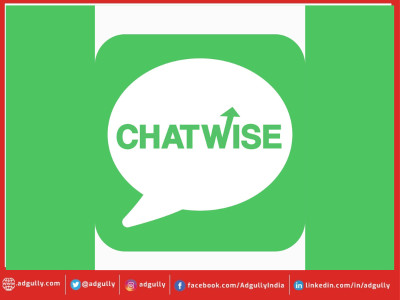

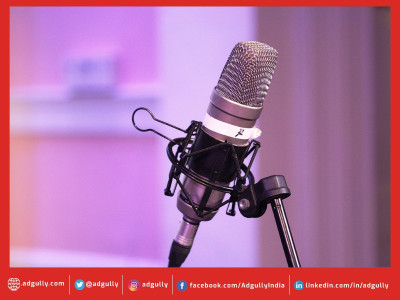

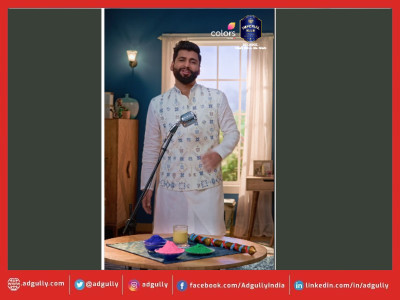
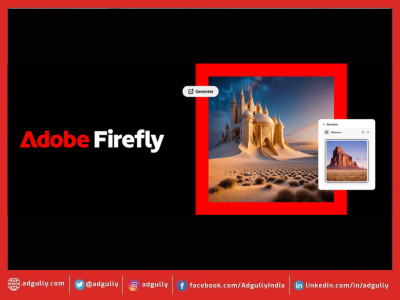
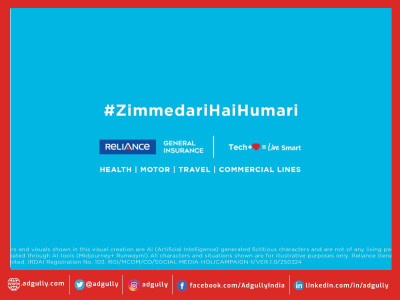


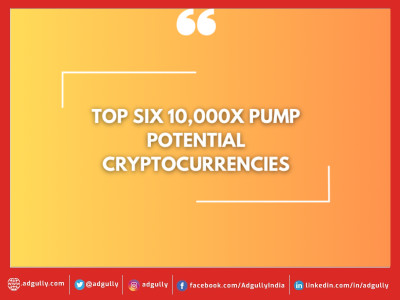

Share
Facebook
YouTube
Tweet
Twitter
LinkedIn